Gold Coast’s Trusted Massage Services
Relax, Recover, Rejuvenate
Find relief and regain mobility with expert massage therapy tailored to ease pain, improve posture, and support your body’s natural recovery.
Relax, Recover, Rejuvenate
Find relief and regain mobility with expert massage therapy tailored to ease pain, improve posture, and support your body’s natural recovery.
At Recovery & Massage Centre, we believe in a holistic approach to wellness. Our tailored massage treatments are designed to address the root cause of pain, relieve muscle tension, and improve flexibility, so you can move and feel better every day.

Our highly skilled remedial massage therapists customise each session to your needs, ensuring maximum benefits.

Alleviate muscle tension, chronic pain, and sports-related injuries with expert techniques, including cupping therapy, dry needling, and deep tissue massage.
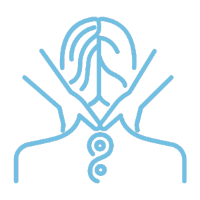
Improve alignment, mobility, and flexibility with specialised sports massage therapy and hot stone therapy.
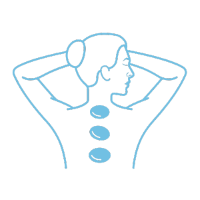
Whether you’re an athlete, office worker, or recovering from surgery, our personalised treatments ensure optimal results.
Friendly staff miracle healing services.
I had a remedial massage here with Karyn and can't recommend enough for aches and pains. I will definitely be back.
Best place on the whole gc
Convenient location. Great for after a run or solid training sesh. Clean and tidy facilities. Works for me
Absolutely recommend this place!
Amazing place, my goto weekly ritual for sauna & ice baths ❤️ friendly staff & good pricing
Amazing !!
A great community gym. All feel welcome. The trainers really understand the mechanics of movement and the human body and tailor to the clients personally. Sauna and ice plunge a bonus! And great coffee outside!
Remedial Massage with Chris was honestly the best I’ve ever had. Highly recommended.
All massage techniques (except lymphatic or pregnancy) can be booked under remedial massage.
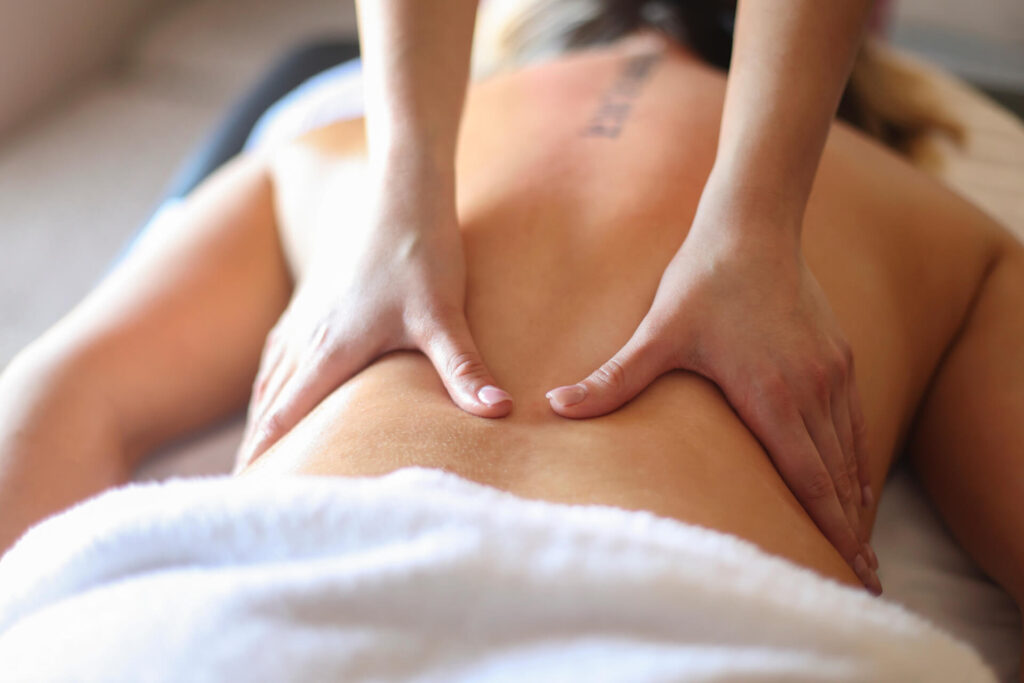
A holistic approach that targets the root cause of musculoskeletal dysfunction, relieving pain and supporting the body’s natural healing process.
Helps with: Chronic pain, postural issues, sports injuries, and muscle tension.
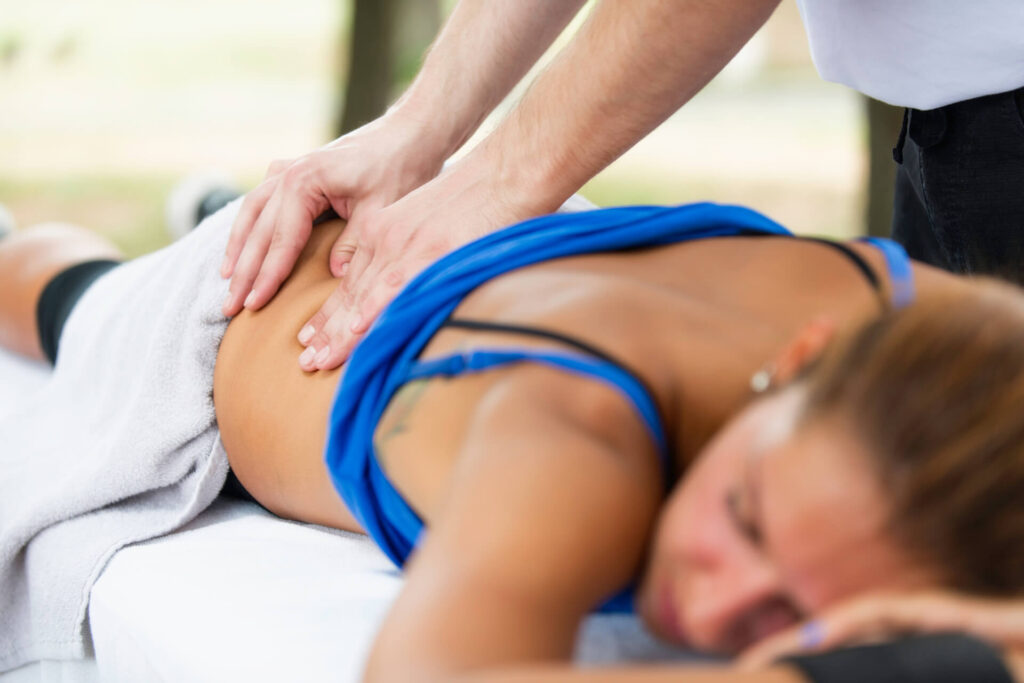
Designed for athletes and active individuals to enhance performance, prevent injuries, and speed up post-exercise recovery.
Helps with: Injury prevention, faster recovery, improved flexibility, and circulation.
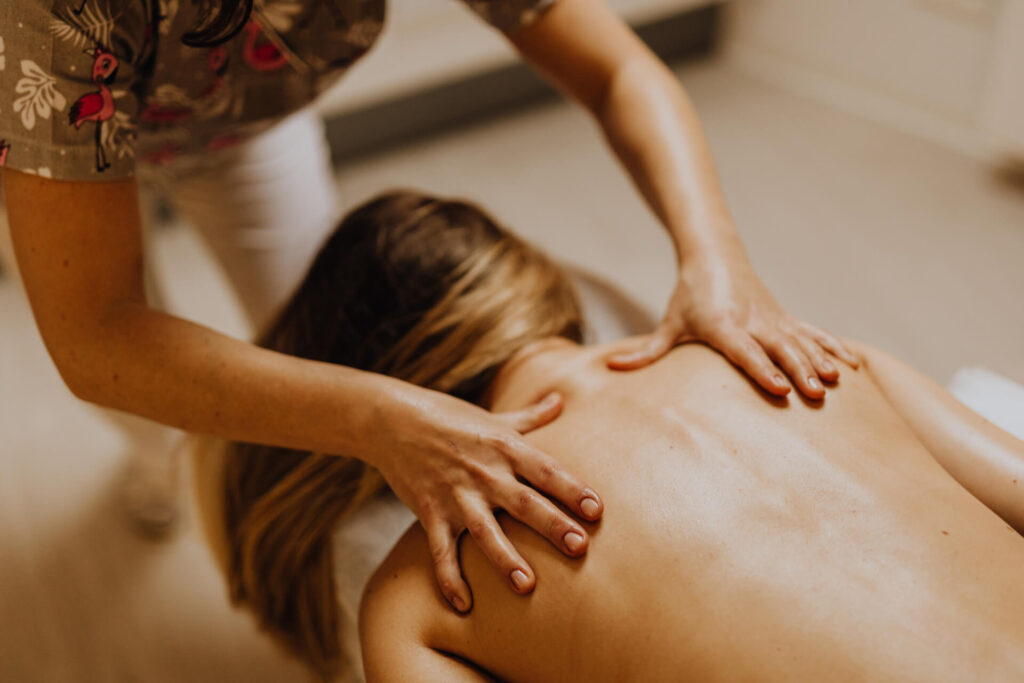
Uses long, flowing strokes to promote deep relaxation, reduce stress, and alleviate muscle tension.
Helps with: Stress relief, anxiety reduction, better sleep, and general well-being.

A targeted approach using fine needles to deactivate trigger points, reducing pain and restoring normal muscle function.
Helps with: Muscle pain, trigger points, tension headaches, and sports injuries.
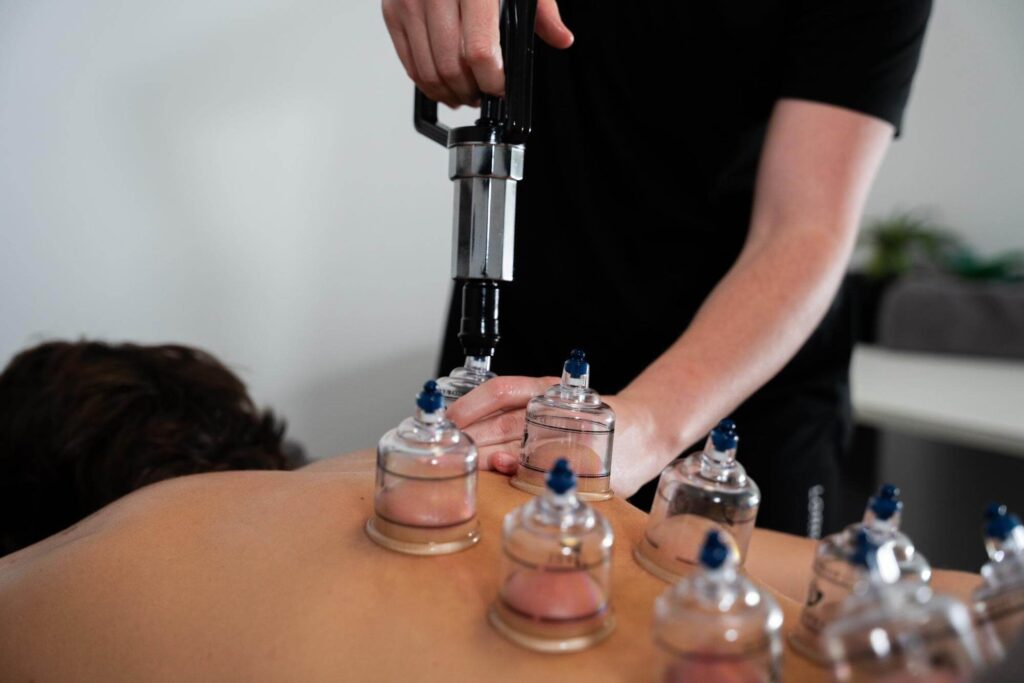
Suction-based therapy that releases muscle tension, improves circulation, and aids in recovery.
Helps with: Muscle tightness, inflammation, scar tissue, and circulation issues.
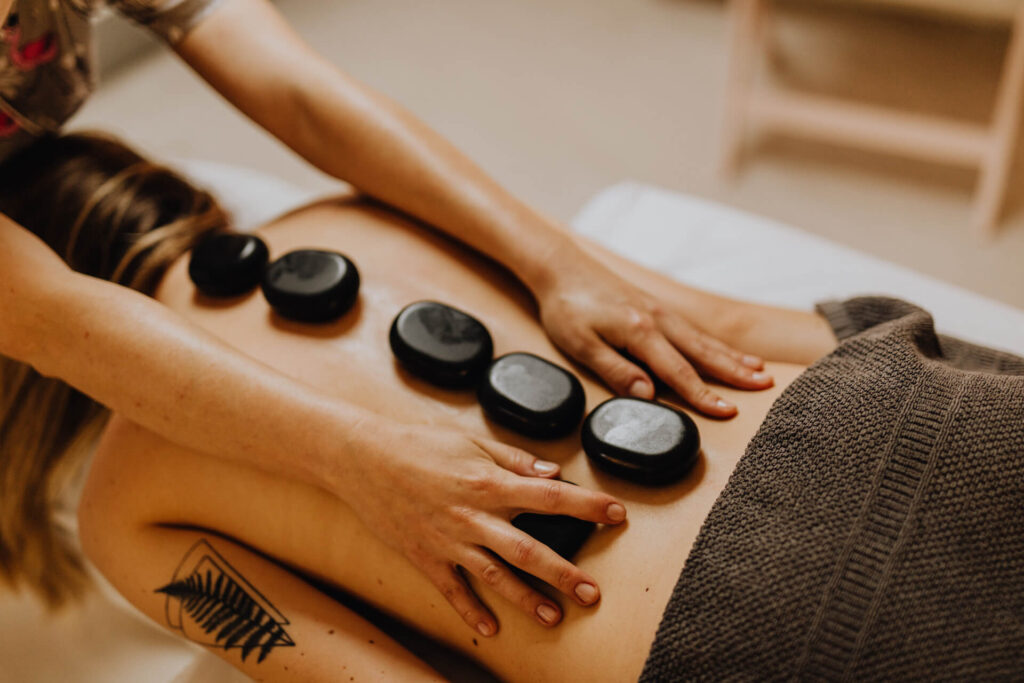
Heated stones are used to deeply relax muscles and relieve tension, perfect for stress relief and improved circulation.
Helps with: Chronic pain, muscle stiffness, stress, and poor circulation.

A rehabilitative taping technique that supports muscles and joints while maintaining mobility, helping to reduce pain and inflammation.
Helps with: Joint instability, swelling, inflammation, and muscle support.
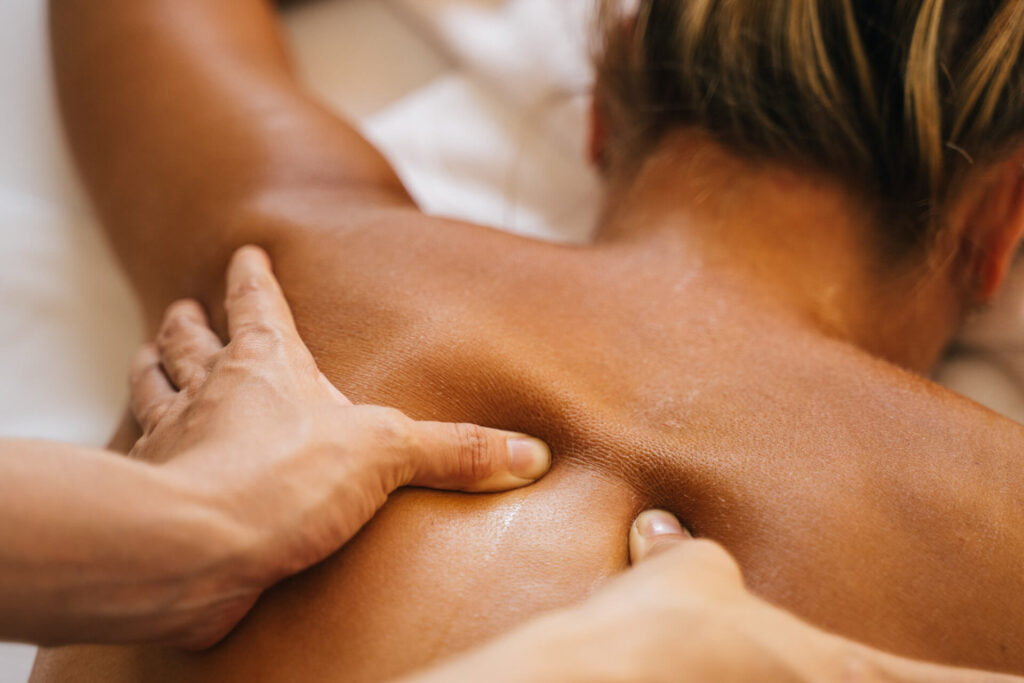
Techniques like manual lymphatic drainage and scar tissue reduction to aid in post-operative recovery.
Helps with: Scar tissue management, swelling reduction, and post-surgical healing.
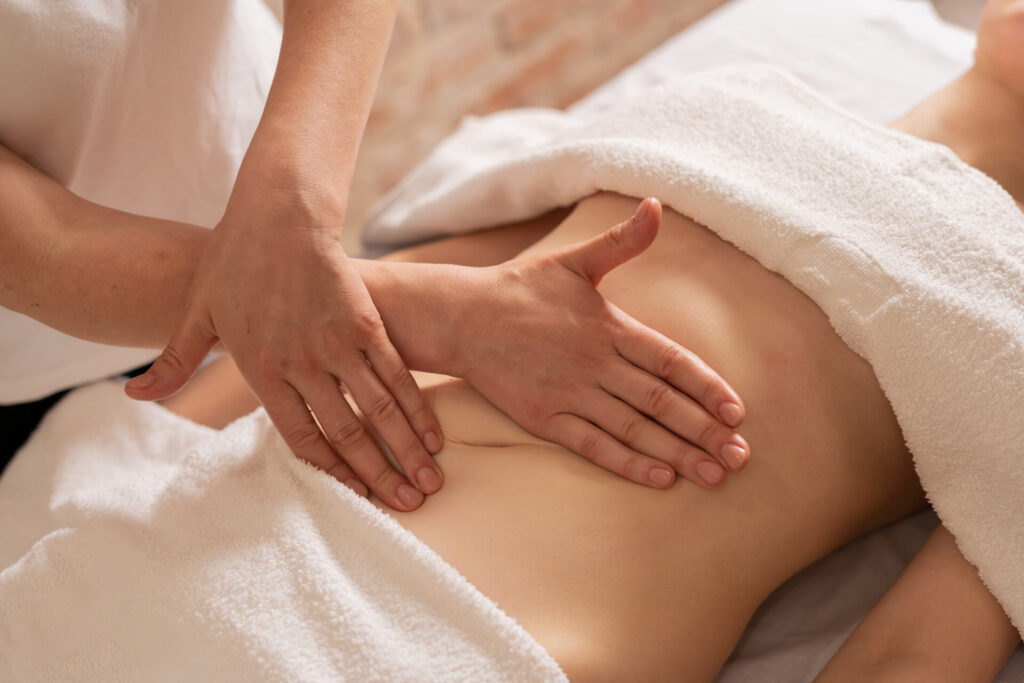
A gentle technique that stimulates lymphatic flow, reducing swelling and enhancing immune function.
Helps with: Post-surgical swelling, lymphedema, detoxification, and immune support.
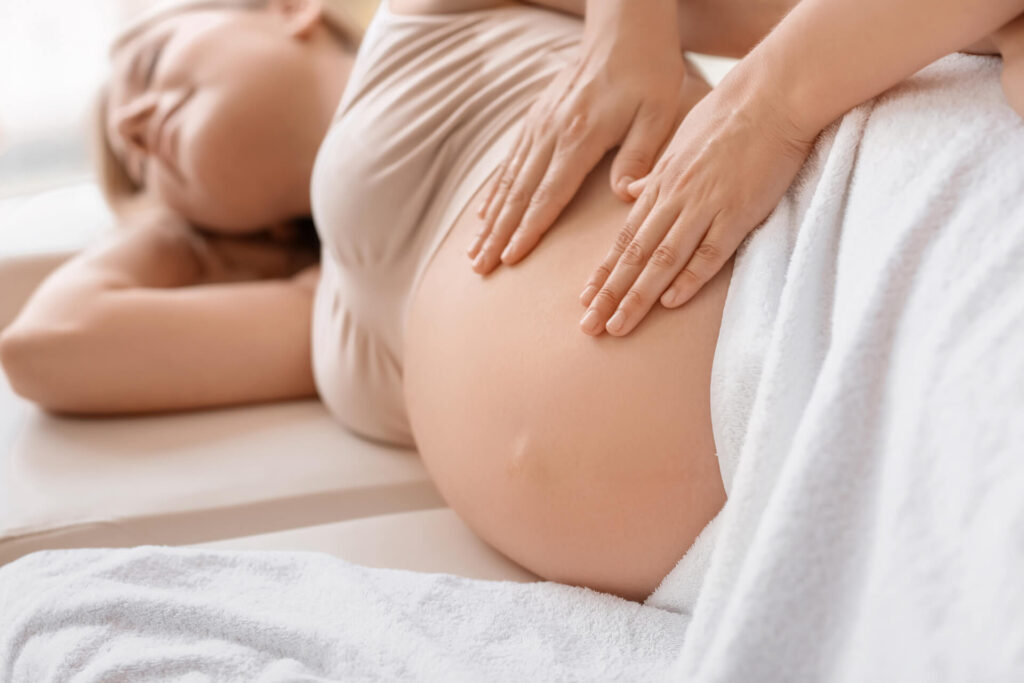
A gentle therapy designed to relieve discomfort, reduce swelling, and promote relaxation for expecting mothers.
Helps with: Back pain, swollen legs, stress relief, and prenatal well-being.
Each session is designed to provide pain relief, improved mobility, and deep relaxation. Choose from 30-minute, 45-minute, 60-minute, or 90-minute sessions, tailored to your needs.
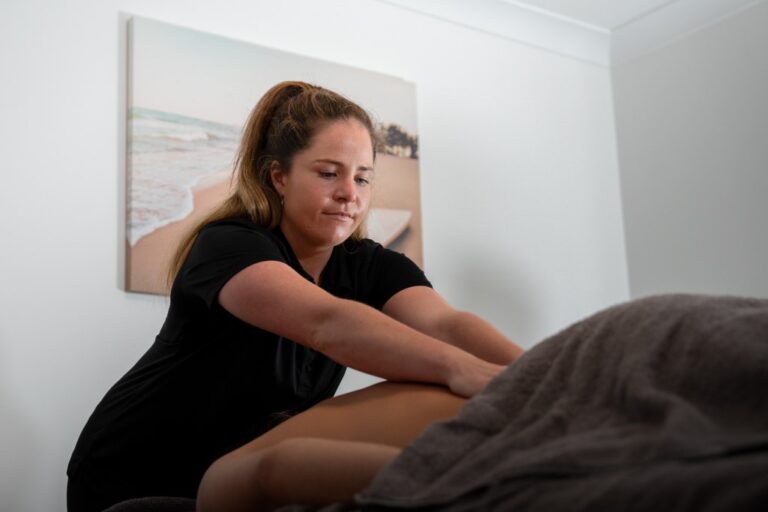
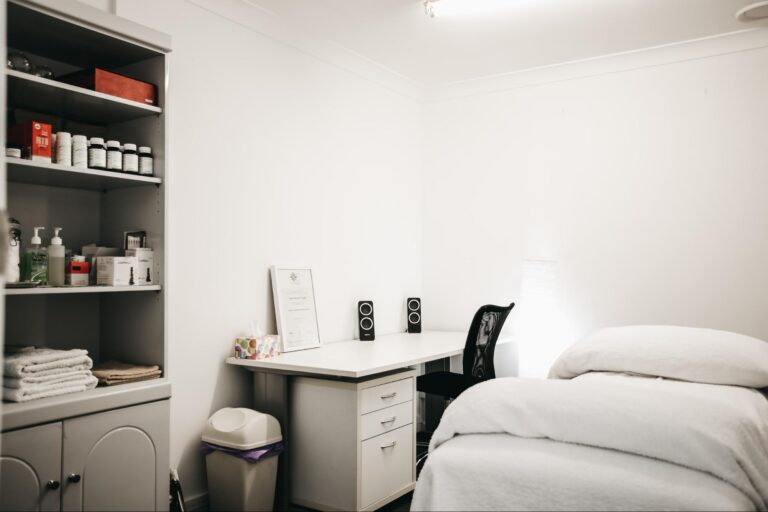


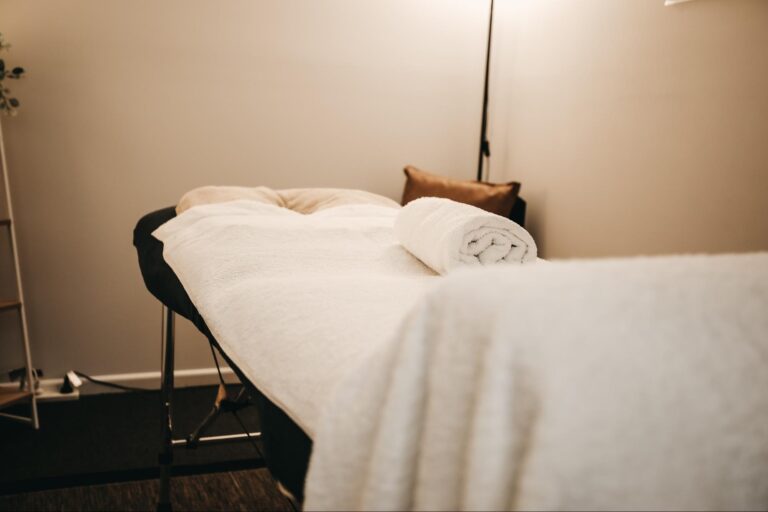
Here’s what you can expect:
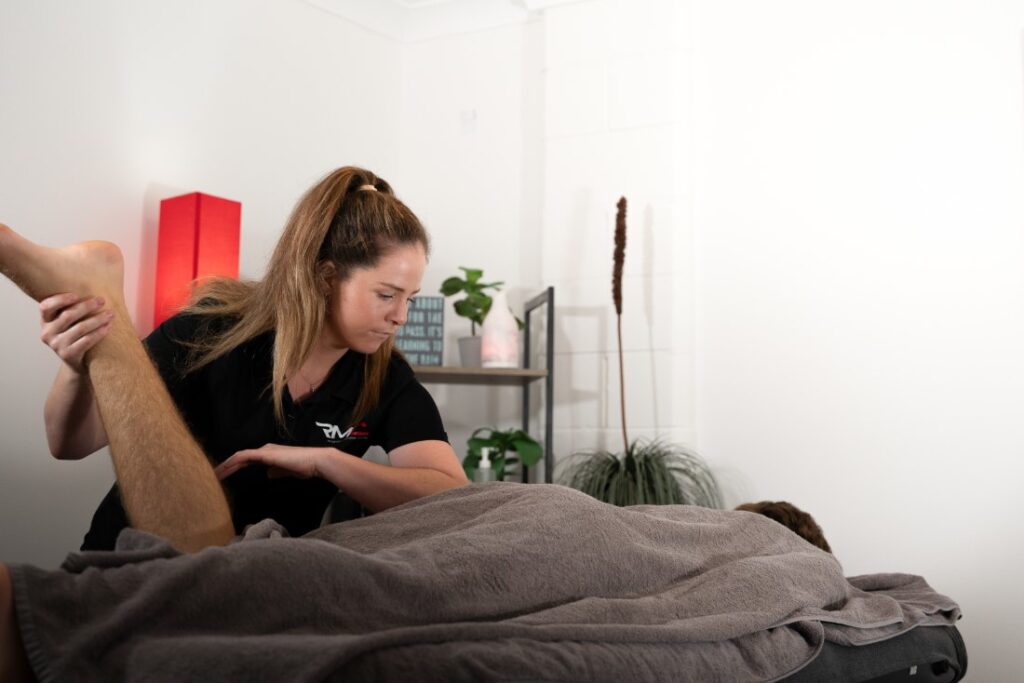
At Recovery and Massage Centre, we are more than just a massage clinic – we are your partners in recovery and wellness.
Located in Miami, QLD, our expert team specialises in remedial massage, sports therapy, and holistic treatments to help you move freely and perform at your best.
Experience the difference with our personalised, hands-on approach to health and well-being.
Yes, many health funds offer rebates for remedial massage. Check with your provider to confirm your coverage.
Absolutely! Techniques like deep tissue massage and myofascial release can reduce tension and improve circulation, helping to alleviate headaches.
Yes, pregnancy massage is designed to be safe and beneficial for expectant mothers, helping to relieve back pain, reduce swelling, and promote relaxation.
Wear comfortable clothing. Depending on the type of massage, you may be asked to remove some clothing, but you will always be covered appropriately with towels.
The ideal frequency depends on your needs, but for ongoing pain management and recovery, weekly or fortnightly sessions are recommended.
Remedial massage focuses on treating musculoskeletal issues and pain, while relaxation massage is designed to reduce stress and promote overall relaxation.
MLD helps reduce swelling, promote healing, and improve immune function, making it highly beneficial for post-surgery recovery.
Dry needling targets trigger points within muscles to release tension and reduce pain more effectively than traditional massage in some cases.
Sports massage enhances flexibility, reduces muscle tension, and improves circulation, helping to prevent injuries and support faster recovery.
Take the step towards a pain-free, more mobile life—book your massage today and experience the difference firsthand.
